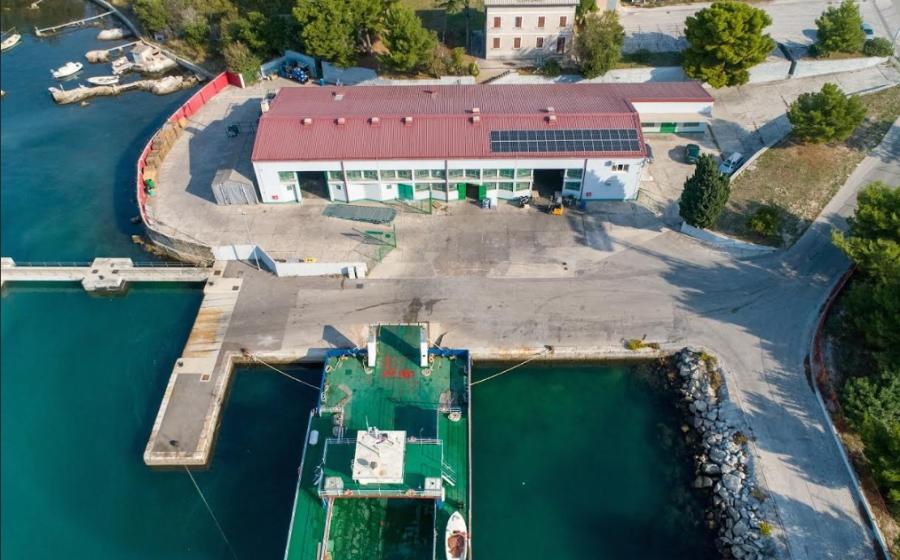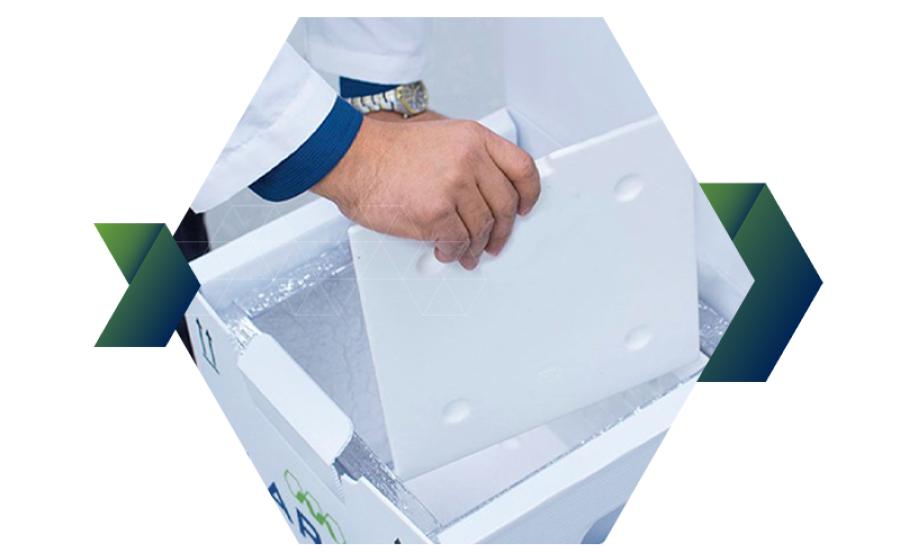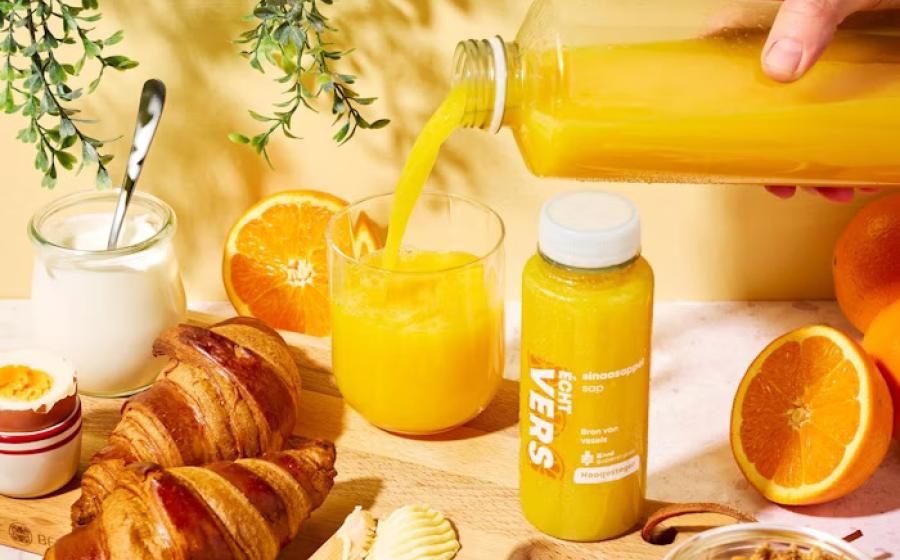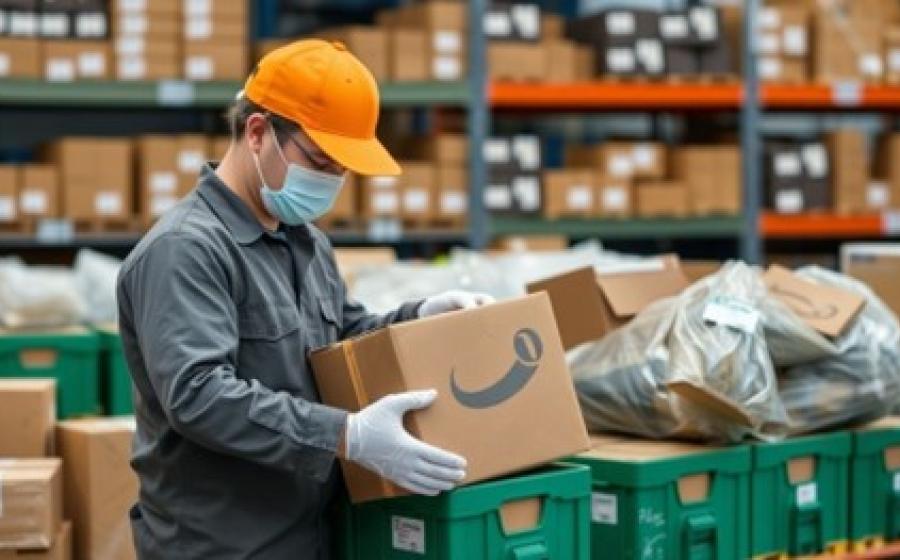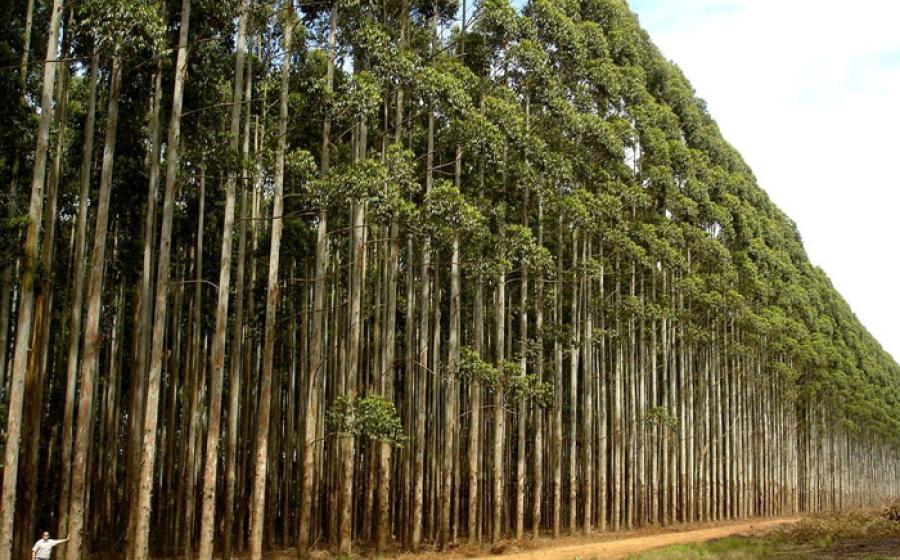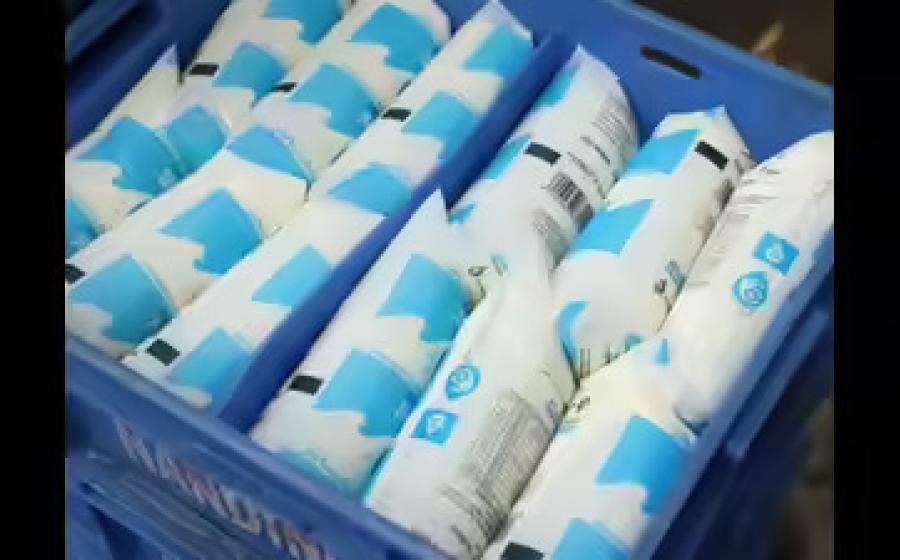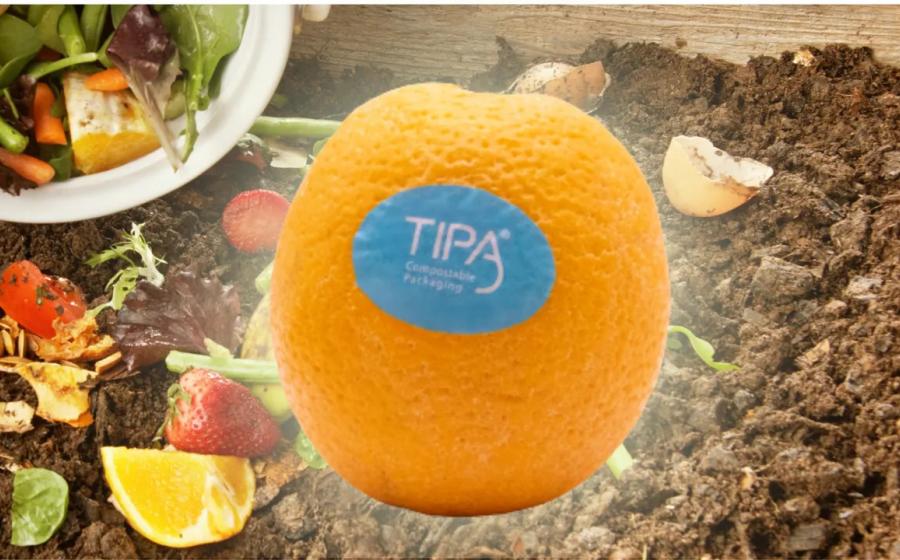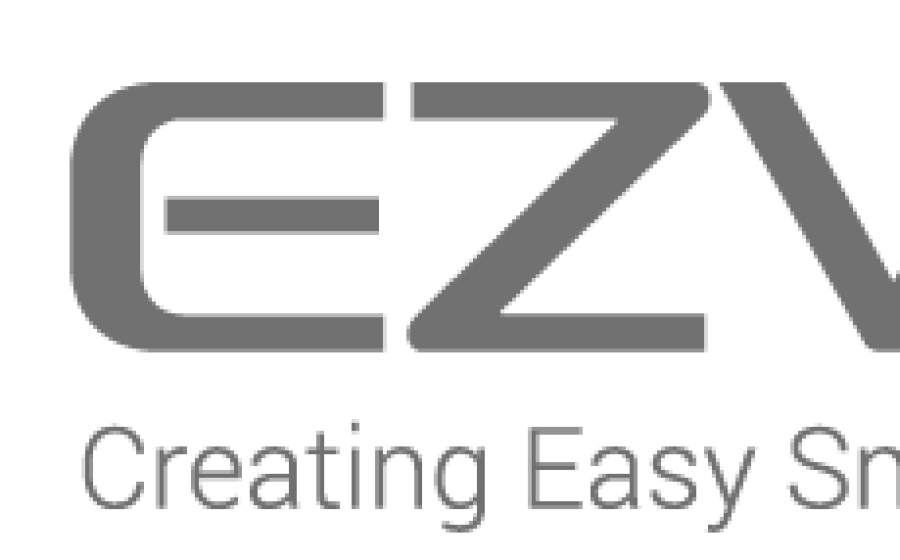FOBA Laser Marking + Engraving, a leading provider of laser marking solutions, will present the latest generation of the Y series at productronica 2025 in Munich from November 18 to 21. The Y.0202 and Y.0602 fiber lasers set new standards in precision, flexibility, and efficiency for industrial product marking.
- Today is:






